5 Safe Ways to Earn 3%
Although you might want to push for a higher return on your long-term investment portfolio, you can consider these as options for your cash savings that you might need in the next one to five years.
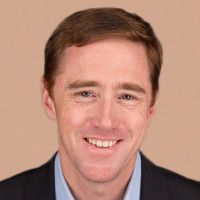

It seems like forever ago, but the average 12-month certificate of deposit (CD) used to yield well more than 5%.
In fact, prior to the tech wreck of 2000 – and the start of two decades of experimental monetary policy by the Federal Reserve – 5% would have been considered low. It wasn’t usual to see CD yields over 10% in the 1980s. Those were the days!
It’s unlikely that we’ll ever see 10% CD rates again in our lifetimes. Even 5% would seem like a stretch in a world in which the average 12-month CD still yields less than 1% after more than three years of Fed rate hikes.
It’s important to remember, though, that the high yields of the past came at a time of much higher inflation. At today’s lower inflation rates, even a 3% yield allows you to stay well ahead of inflation. You’re not getting rich quick at that yield, but it’s respectable. And importantly, it can be done safely.
Today, we’re going to look at five safe ways to pocket a yield of at least 3%. While you might want to push for a higher return on your long-term investment portfolio, you can consider these as options for your cash savings that you might need in the next one to five years.
Data is as of June 13.

Online CDs
The average 12-month certificate of deposit yields an almost embarrassing 0.65% today. But that’s the average. If you’re willing to shop around and tie up your money for a longer period of time, there are plenty of banks that offer yields of around 3%. Assuming your deposit is $250,000 or less, the investment is as risk-free as a U.S. Treasury security. (FDIC insurance guarantees up to $250,000 per depositor per bank.)
So, if you have the high-quality problem of having more than a quarter-million dollars in excess savings lying around, simply buy CDs at multiple banks and enjoy protection of up to $250,000 at each one.
Your neighborhood bank might not be particularly competitive. CD rates are based on the bank’s demand for deposits at that particular time, and if the bank already has more deposits than it needs, it has no incentive to pay up for your money. But various websites such as Bankrate.com and Nerdwallet.com give you the ability to browse the highest-yielding options.
Many popular online brokers such as TD Ameritrade and E*Trade also allow you to shop around and buy CDs from an assortment of banks in your brokerage account. That’s convenient, as it saves you the hassle of keeping track of statements from multiple banks.
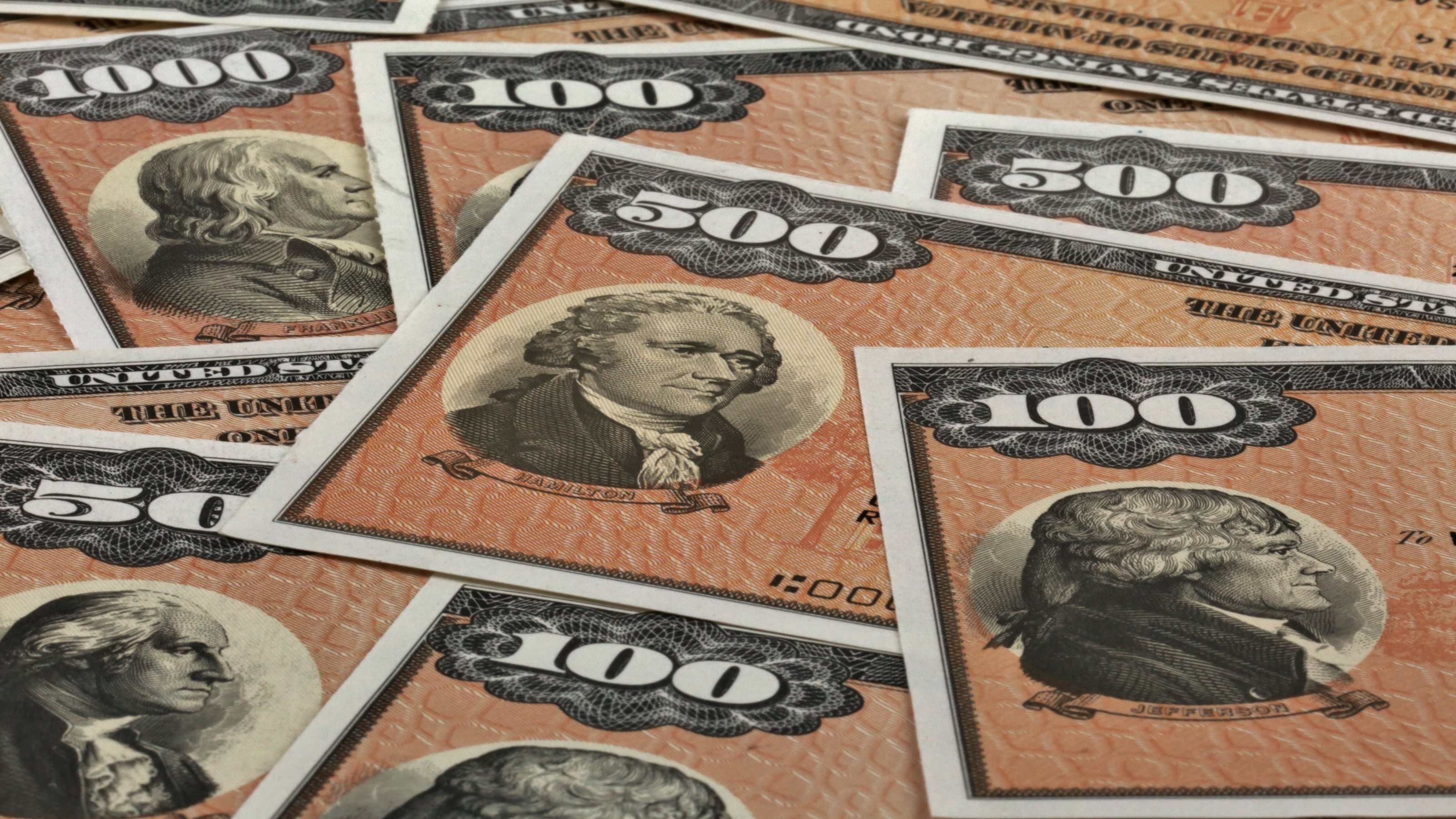
Taxable Municipal Bonds
The single biggest selling point of municipal bonds is the fact that the interest earned is tax-free. So, the suggestion that a taxable muni might be a good investment tends to raise a few eyebrows.
But there are plenty of reasons to consider taxable municipal bonds. To start, you may have a large chunk of your nest egg in a non-taxable account like an IRA or 401(k). Tax-free interest is a meaningless perk when the account itself is already tax-free.
The interest rates on taxable munis tend to be higher than their non-taxable cousins to compensate for the loss of that tax break. And today, it’s not uncommon to find five- to seven-year, AA-rated taxable municipal bonds yielding well more than 3%.
Because the bond market is illiquid and your broker’s inventory of bonds may look very different than your neighbor’s, it doesn’t make sense to list individual bonds here. But if this sounds interesting to you, call or log in to your broker and see if they have any “direct payment Build America Bonds” with a credit rating of at least AA. You should be able to put together a portfolio of these with maturities of five to seven years yielding well over 3%.
An example drawn at random: The state of Pennsylvania had a 2010 direct-pay Build America Bond issue maturing in 2026. At current prices, it yields 3.1%. That’s good these days for a AA-rated bond.
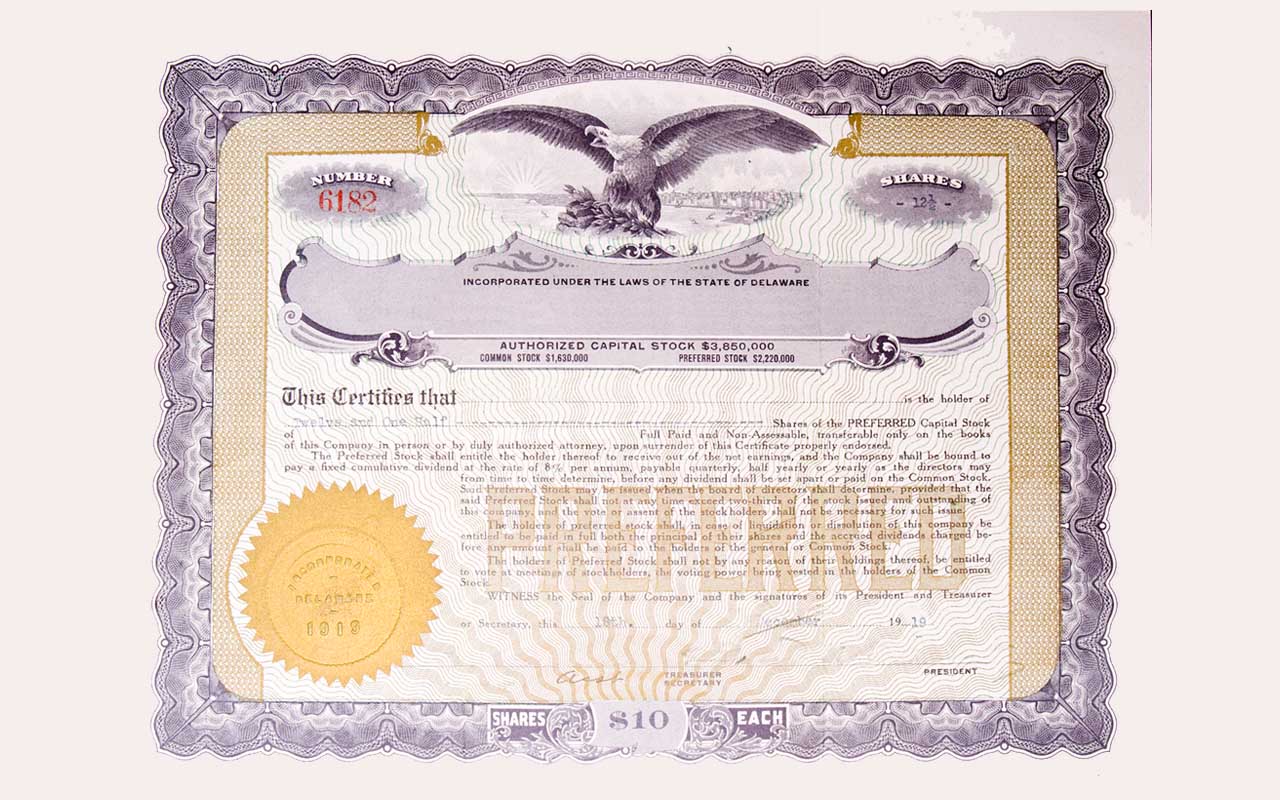
Preferred Stock
Preferred stock is an interesting hybrid security. Chase Robertson – managing partner of Robertson Wealth Management, an RIA based in Houston – calls preferred stock “debt dressed as equity,” and that’s a good metaphor.
Like regular, good, old-fashioned common stock, preferred stock shows up on the balance sheet as equity. That’s important for banks and other companies that have covenants restricting how much debt they can carry. Also like common stock, preferreds pay dividends rather than interest and tend to do so on a quarterly schedule. Failure to pay that dividend will make the investors angry, though it’s not a default like a missed interest payment would be.
But unlike common stock dividends, which tend to rise over time, preferred stock dividends tend to be fixed, like bond interest. So, as a practical matter, you can think of preferred stock as a perpetual bond with no specified maturity date.
“Preferred stock is riskier than traditional bonds because it comes lower on the capital structure. Bondholders have to be made whole before the preferred equity holders get paid,” says Ellias Stabinsky, portfolio manager of the Robertson Wealth Preferred Equity portfolio. “But as a practice matter, a carefully constructed preferred stock portfolio will have better risk-adjusted returns than a high-yield bond portfolio.”
Be careful buying preferred stock priced at more than about $25 per share, as many issues are redeemable at that price. You’d hate to pay $27 for a preferred only to have the company buy it back from you the next day at $25.
The Bank of America Series E Preferred Stock (BAC-PE, $22.38) yields a respectable 4.4%. Likewise, the BB&T Series F Preferred Stock (BBT/PF, $25.04) yields 5.2%. You also can invest in preferreds via funds. The iShares Preferred and Income Securities ETF (PFF, $36.68), which holds more than 460 different preferred stocks, yields a respectable 5.9% and is generally far more liquid and easier to trade than most individual preferreds. It does charge 0.46% in annual expenses, however.
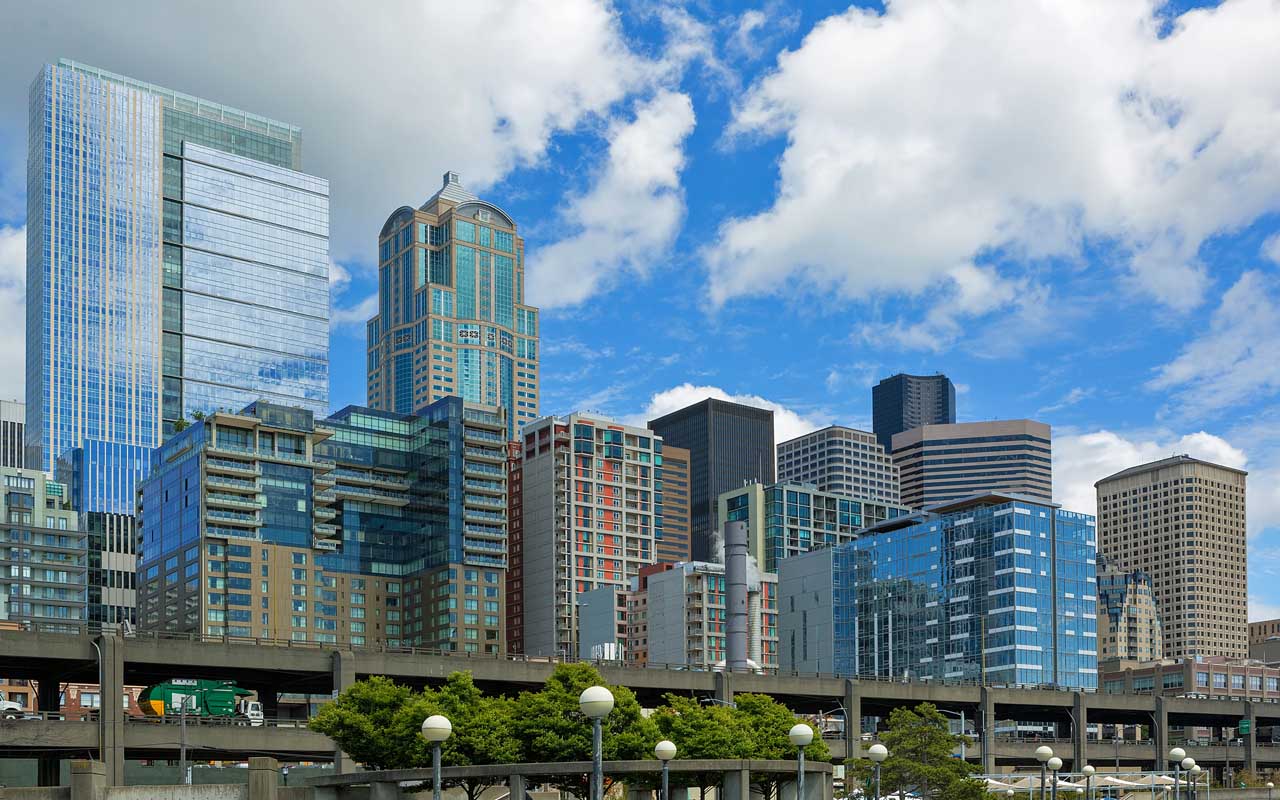
Triple-Net REITs
“Safety” and “stock market” generally don’t belong in the same sentence. But if it is specifically income you’re looking for, some of the safest dividends in the stock market tend to be found in real estate investment trusts (REITs). Specifically, triple-net REIT space.
Managing a triple-net portfolio might be the world’s easiest job. Rent is “net” of taxes, insurance and maintenance (hence the name) – your tenants are responsible for all three. Your only responsibility is to collect the rent, then recycle it into a steady dividend payment for the investors.
Two of the most stable REITs in the space are Realty Income (O, $73.07) and National Retail Properties (NNN, $55.21).
Realty Income manages a portfolio of more than 5,700 properties, most of which are high-traffic sites such as pharmacies and convenience stores. Walgreens (WBA) is its largest single tenant. National Retail runs a similar portfolio of nearly 3,000 properties, with 7-Eleven being its largest single tenant.
At current prices, Realty Income and National Retail yield 3.7% and 3.6%, respectively. Investors have bid them up considerably this year, too, so don’t expect much in the way of near-term capital gains. Also, REITs, like stocks, can be volatile. Case in point: Realty Income’s stock price has fluctuated between $52.37 and $74.14 over the past 52 weeks. But if it’s specifically income you’re looking for, the dividends thrown off by these two REITs are some of the safest you’ll find in the stock market.
If you prefer the diversity of an exchange-traded fund, the Vanguard Real Estate ETF (VNQ, $89.27), which charges 0.12% annually in fees, owns a diversified basket of roughly 190 REITs and yields a reasonable 4.0%.

Dividend Stocks
If you’re looking for maximum safety, you should probably stop reading here. After a year-to-date run of nearly 15% – and a decade of nearly uninterrupted bull market conditions – the stock market is not priced to deliver high or even average returns over the next decade.
Since the bottom in 2009, the S&P 500 has risen at a compound annual rate of about 15% per year, which is much higher than the long-term historical average of 10%. So, either the future really does look different than the past ... or the next several years will have lower-than-average returns to get us back to the long-term average.
But you are specifically looking for dividend income, and you’re willing to sit through what could be some wild price fluctuations in the coming years, plenty of dividend stocks will pay you far in excess of 3% annually. Two fine examples:
- Altria Group (MO, $51.59), the U.S. manufacturer of Philip Morris and other tobacco brands, may be the most legendary dividend stock of all time. It raises its dividend like clockwork every year, and at current prices, it yields a substantial 6.2%.
- AT&T (T, $32.18) is another high-yielding stock that can round out an income portfolio. While phone and internet service are cutthroat businesses, the company is looking to the future in its acquisition of Time Warner and its media assets like HBO. At current prices, AT&T yields a very attractive 6.3%.
If picking individual stocks isn’t your cup of tea, the iShares Select Dividend ETF (DVY, $97.90) also is a solid option that yields a healthy 3.4% and charges 0.39% in annual expenses.
Profit and prosper with the best of Kiplinger's advice on investing, taxes, retirement, personal finance and much more. Delivered daily. Enter your email in the box and click Sign Me Up.

Charles Lewis Sizemore, CFA is the Chief Investment Officer of Sizemore Capital Management LLC, a registered investment advisor based in Dallas, Texas, where he specializes in dividend-focused portfolios and in building alternative allocations with minimal correlation to the stock market.
-
 What to Do If You Plan to Make Catch-Up Contributions in 2026
What to Do If You Plan to Make Catch-Up Contributions in 2026Under new rules, you may lose an up-front deduction but gain tax-free income once you retire.
-
 If You'd Put $1,000 Into Lowe's Stock 20 Years Ago, Here's What You'd Have Today
If You'd Put $1,000 Into Lowe's Stock 20 Years Ago, Here's What You'd Have TodayLowe's stock has delivered disappointing returns recently, but it's been a great holding for truly patient investors.
-
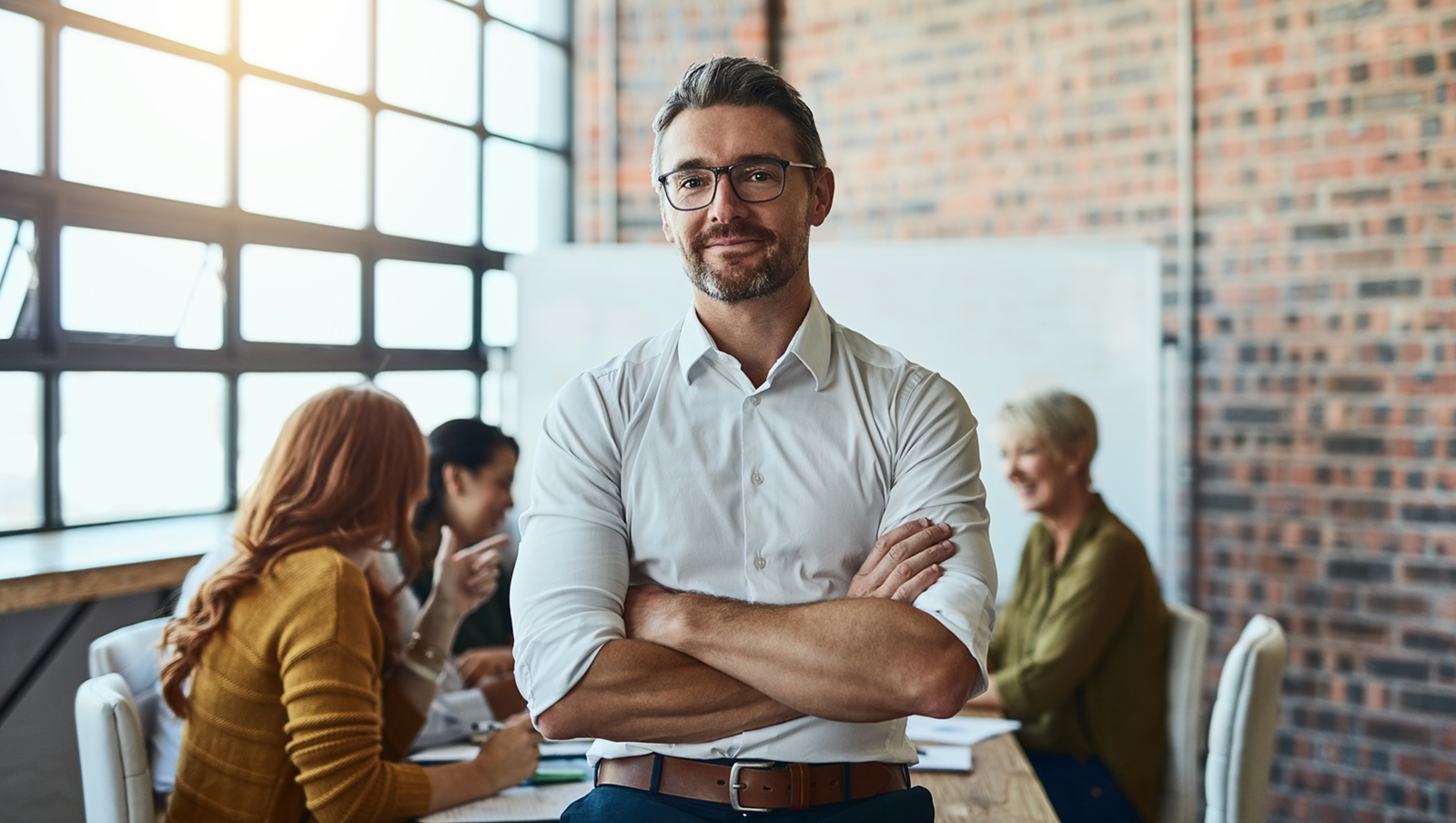 How to Max Out Your 401(k) in 2026 (New Limits are Higher)
How to Max Out Your 401(k) in 2026 (New Limits are Higher)In 2026, the maximum contribution limits for 401(k) plans have increased, giving you an excellent shot at maximizing your retirement savings.
-
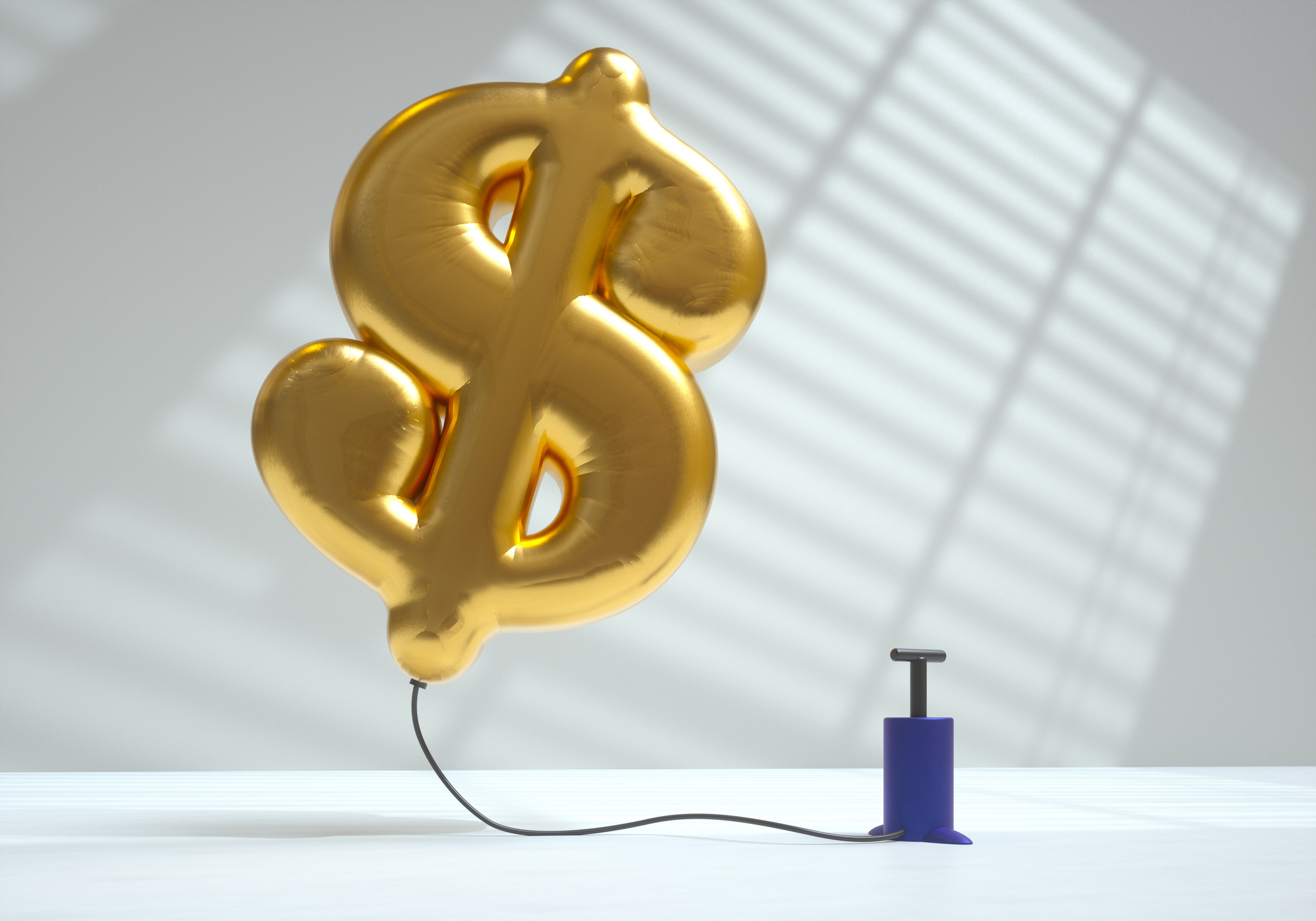 The November CPI Report Is Out. Here's What It Means for Rising Prices
The November CPI Report Is Out. Here's What It Means for Rising PricesThe November CPI report came in lighter than expected, but the delayed data give an incomplete picture of inflation, say economists.
-
 The Delayed November Jobs Report Is Out. Here's What It Means for the Fed and Rate Cuts
The Delayed November Jobs Report Is Out. Here's What It Means for the Fed and Rate CutsThe November jobs report came in higher than expected, although it still shows plenty of signs of weakness in the labor market.
-
 December Fed Meeting: Updates and Commentary
December Fed Meeting: Updates and CommentaryThe December Fed meeting is one of the last key economic events of 2025, with Wall Street closely watching what Chair Powell & Co. will do about interest rates.
-
 What Fed Rate Cuts Mean For Fixed-Income Investors
What Fed Rate Cuts Mean For Fixed-Income InvestorsThe Fed's rate-cutting campaign has the fixed-income market set for an encore of Q4 2024.
-
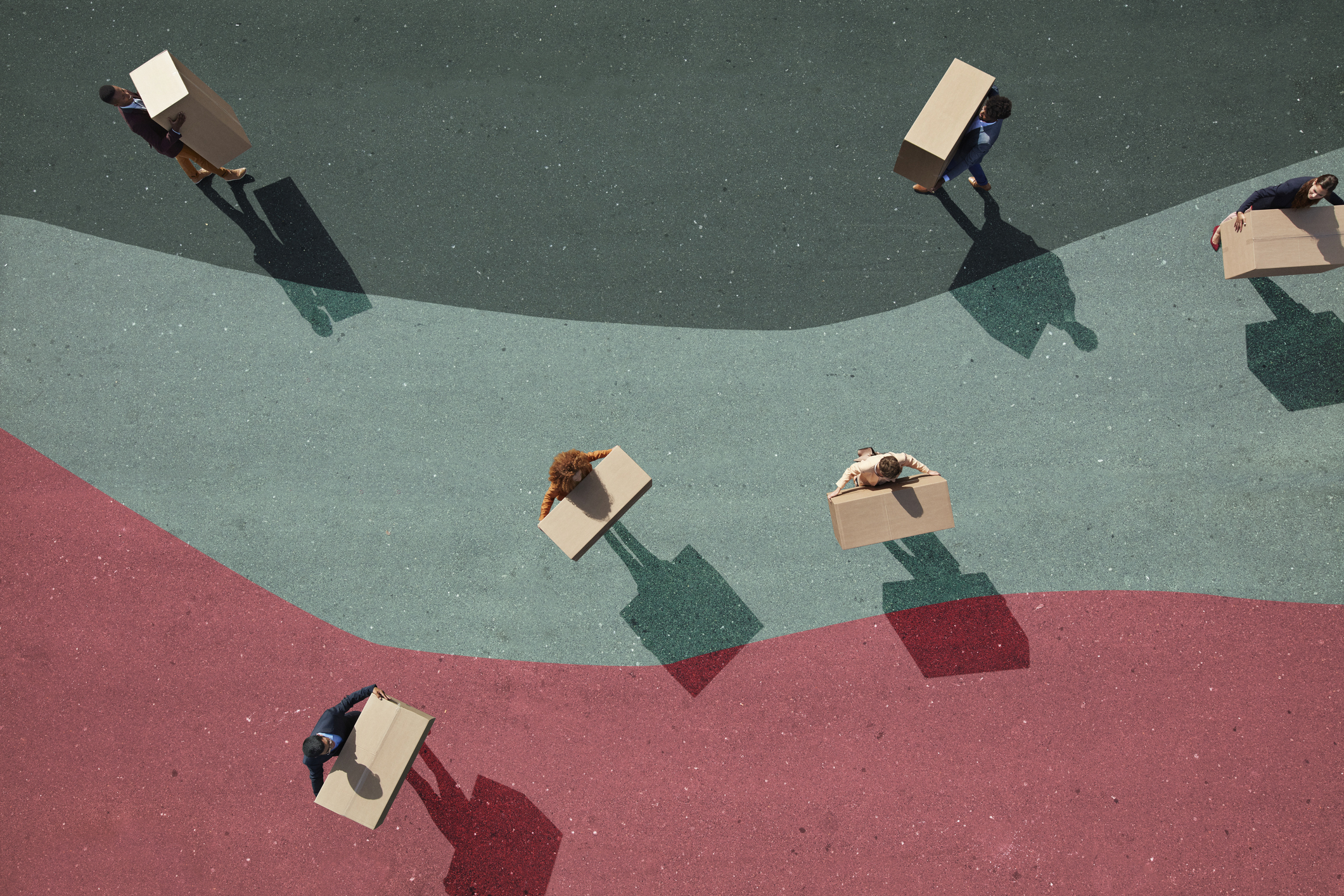 The Delayed September Jobs Report Is Out. Here's What It Means for the Fed
The Delayed September Jobs Report Is Out. Here's What It Means for the FedThe September jobs report came in much higher than expected, lowering expectations for a December rate cut.
-
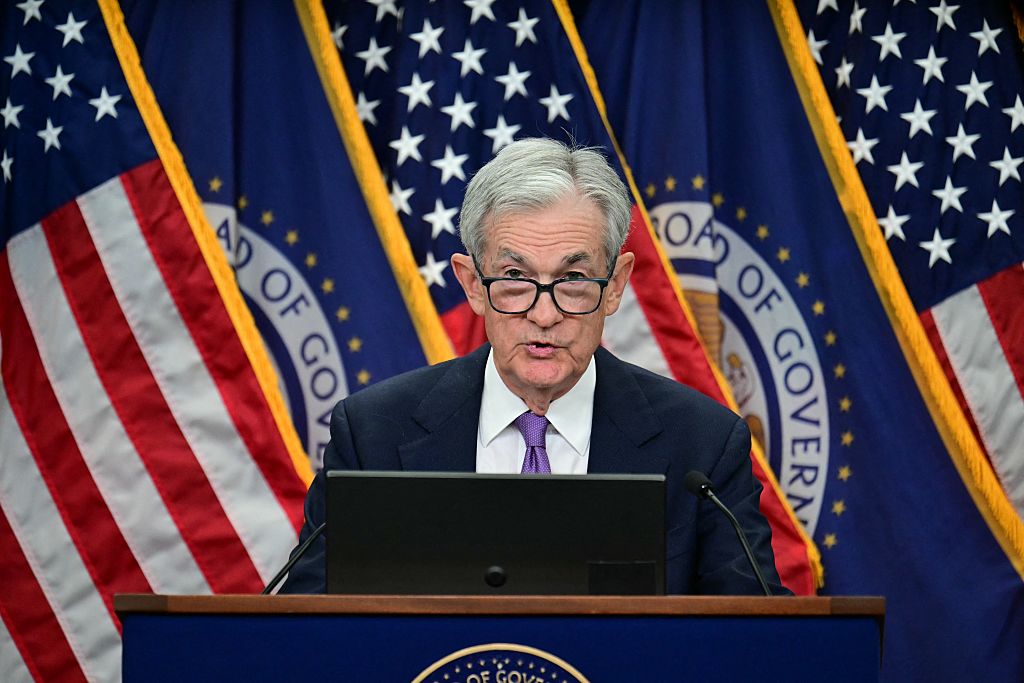 October Fed Meeting: Updates and Commentary
October Fed Meeting: Updates and CommentaryThe October Fed meeting is a key economic event, with Wall Street turned into what Fed Chair Powell & Co. did about interest rates.
-
 The Delayed September CPI Report is Out. Here's What it Signals for the Fed.
The Delayed September CPI Report is Out. Here's What it Signals for the Fed.The September CPI report showed that inflation remains tame – and all but confirms another rate cut from the Fed.
-
 Banks Are Sounding the Alarm About Stablecoins
Banks Are Sounding the Alarm About StablecoinsThe Kiplinger Letter The banking industry says stablecoins could have a negative impact on lending.
